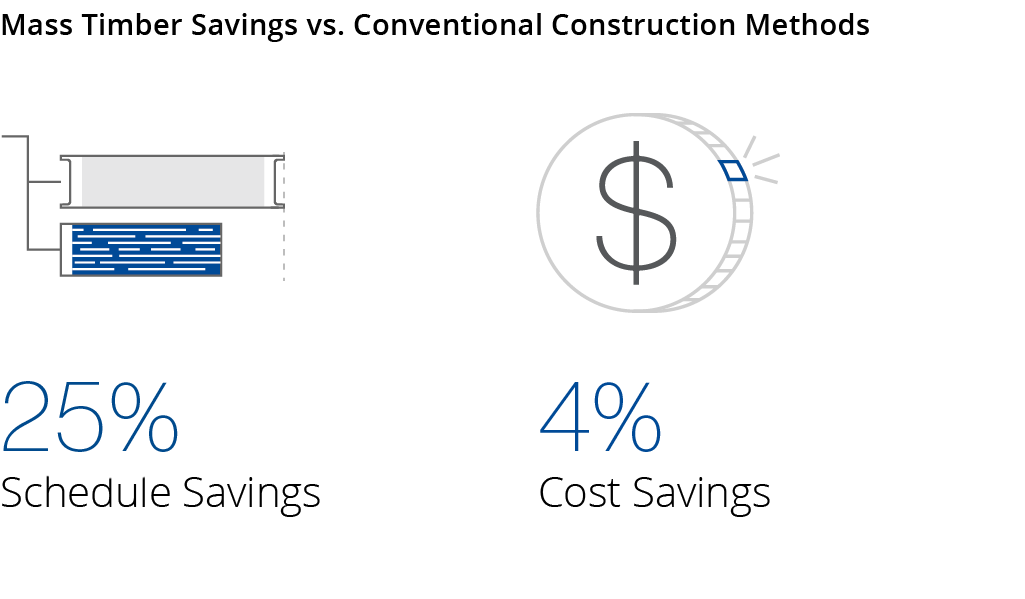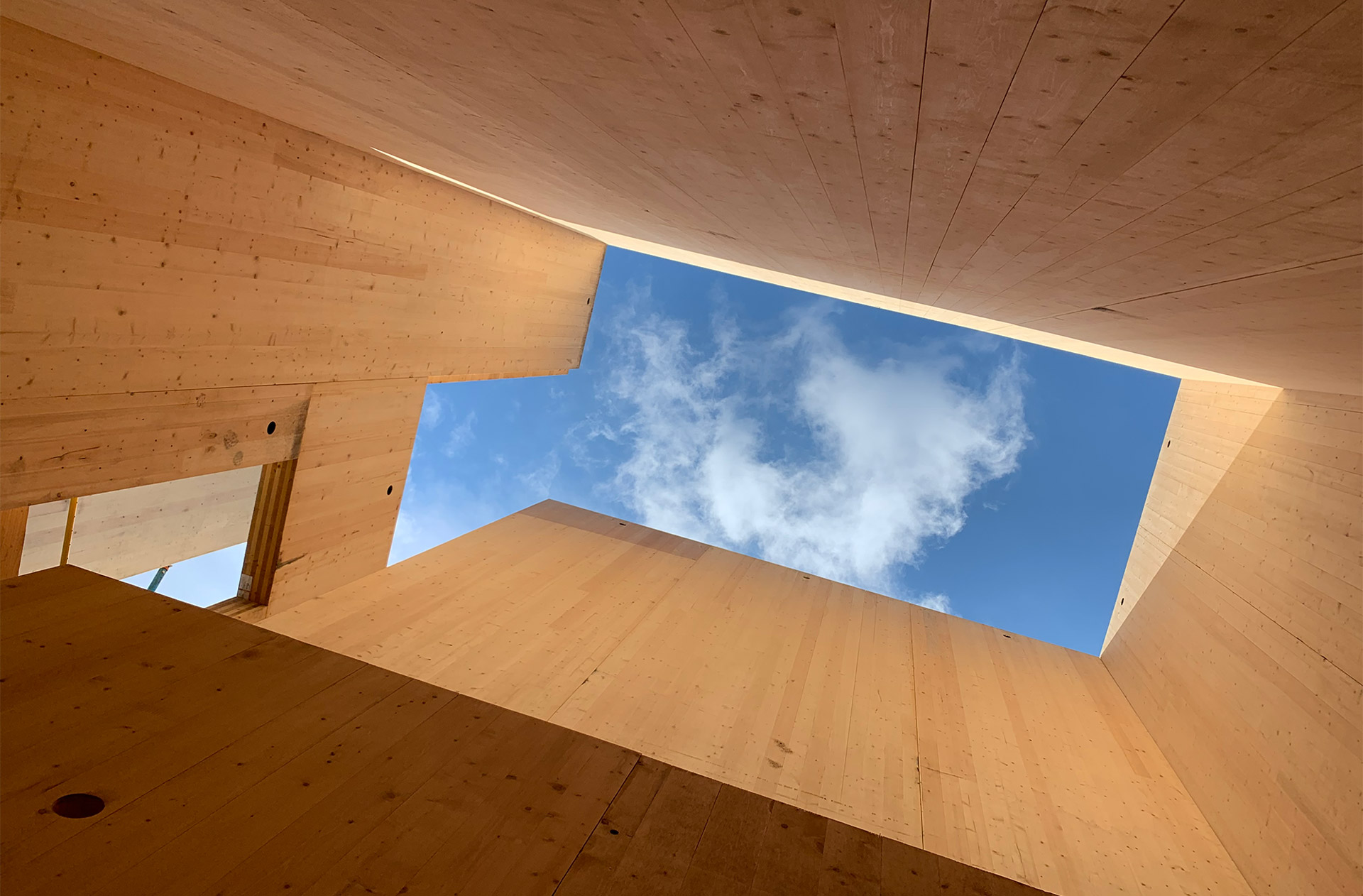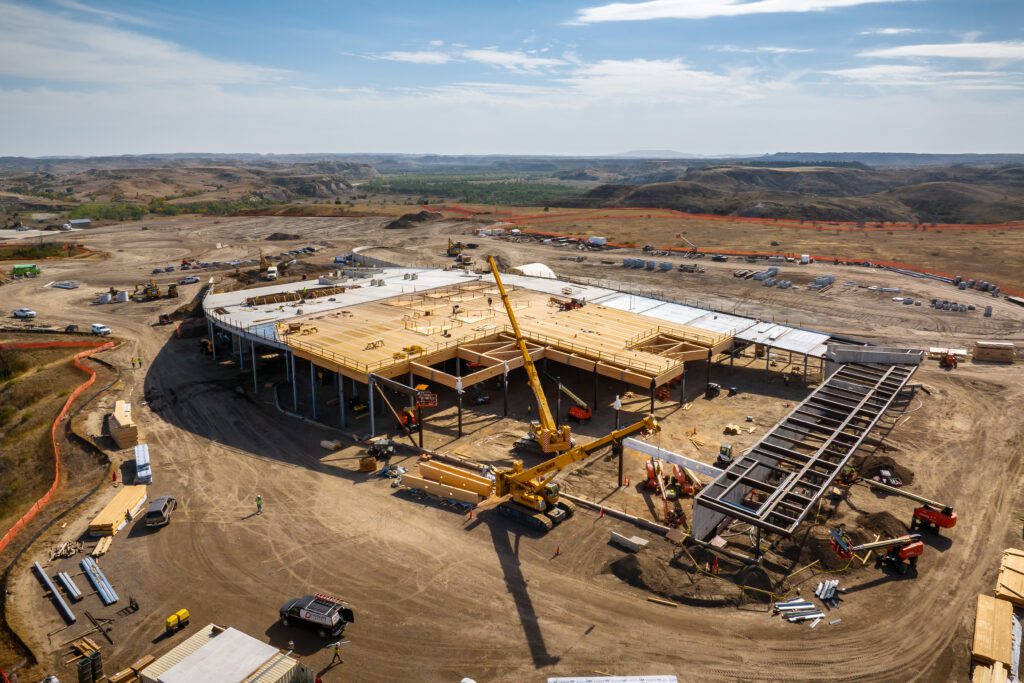By embracing the economic and biophilic benefits of building with wood, Mercer Mass Timber is paving the way for a sustainable, cost-effective, and healthy future in construction.
The use of wood in construction offers not only economic advantages but also fosters biophilic effects, enhancing the overall well-being of inhabitants. Economically, wood is a renewable and readily available resource that can be locally sourced, reducing transportation costs and providing a competitive edge over traditional building materials. Its natural insulating properties and efficient manufacturing processes reduce energy consumption and waste, leading to cost savings throughout a building’s lifecycle.
Furthermore, the biophilic effects of wood construction contribute to the creation of healthier and more harmonious living and working environments. Biophilic design emphasizes the human connection to nature, and incorporating natural elements like wood into the built environment can reduce stress, improve cognitive function, and increase productivity.
Mass Timber: Strong, Sustainable, Beautiful
Timber-based construction projects are not always considered representative of the industry’s cutting edge. In fact, a common misconception is that building with wood can often introduce challenges for certain project types, including higher material budget costs or limitations on building height.
In reality, these views represent outdated misperceptions, thanks to the development of mass timber technology. As mass timber continues to mature and grow as a mainstream structural material, awareness of the many benefits of building with wood grows as well, along with successful project case studies.
Wooden materials are renewable, they sequester carbon, and are five times lighter in weight than concrete. Projects using mass timber panel systems are completed faster and more efficiently, contributing to cost savings overall. Timber erection at Brock Commons Tallwood House, an 18-story student residence at the University of British Columbia, was completed in two and a half months—four months faster than a comparable project of pure concrete and steel1.

Moving beyond near-term project schedules and costs, the benefits of building with wood to long-term asset ownership and occupancy are even greater. Buildings that utilize wood to satisfy biophilia, the innate tendency humans have to seek out and associate with nature, offer benefits that can improve a building’s long-term ROI. Further, exposure to wood is linked to many positive benefits for commercial and residential inhabitants. Savvy investors and owners are beginning to harness these benefits to develop spaces that create more value for their businesses, residents, and communities.

